
Conservatives (cures)
These are substances with the function of maintaining the appearance and palatability of food, that is, keeping it in a condition to be consumed within a certain time, preventing or preventing deterioration caused by microorganisms or enzymatic action. Example: curing salt
salt
Bacteriostatic agent, imparts flavor and solubilizes the proteins responsible for the formation of the meat emulsion. The modern meat industry uses salt as a flavoring or flavor enhancer, and salt is responsible for the desirable texture of processed meat. This is possible due to the functional properties that salt gives to meat products: it activates proteins to increase their hydration and water-binding capacity; decreases fluid loss in vacuum-packed product that has been thermally processed; increases protein binding properties to improve texture; increases the viscosity of meat masses, facilitating the incorporation of fat to form stable masses; it is essential for flavor and is a bacteriostatic at relatively high levels.
Sugar
Sugar – Contributes to flavor, masks the astringent taste of salt, helps the formation of the red color in meat products by serving as a nutrient for bacteria, increases fermentation activity in cured products, such as salami and copa.
Water/Ice
It serves as a vehicle to improve the distribution of ingredients in the dough, is responsible for the softness and succulence of the products, keeps the dough temperature low, ensuring better microbiological safety and stability of emulsions (e.g. sausages and mortadella).
Vegetable Proteins
These are ingredients traditionally used in sausages. In meat emulsions, they allow wider ranges of emulsification temperatures, favor the formation of emulsion and its stability, reduce cooking losses, prevent the release of fat, improve the texture and sliceability of products. The most used is soy protein.
Spice
They play an extremely important role as they are responsible for the sensorial quality of products, meeting consumers’ taste expectations. Some spices also perform antibacterial and antifungal functions.
Dyes
Substances that impart, intensify or restore the color of a food. Ex.: carmine, caramel and tartrazine yellow dye.
Flavor enhancer
Substance that highlights, enhances or alters the flavor/aroma of a food. The most used is monosodium glutamate, also known as ajinomoto.
Antioxidant (Color fixers)
Substance that delays the appearance of oxidative changes in food, with the aim of extending the shelf-life of the product. One example is the sodium erythorbate. Natural antioxidants, such as rosemary extract has been gaining ground in the meat industries.
Stabilizers
They act as a pH regulator, directly assist in the formation of emulsions, increase the water retention capacity of products, and control the texture and consistency of products. You phosphates are widely used for this purpose.
Emulsifiers
They improve the slicability of products, directly help to facilitate the removal of casings, especially from smoked sausages and salami, and improve the stability of sausage masses. A soy protein is widely used for this purpose.
Waterproofing
They provide the product with external protection against the action of mold, reduce moisture migration, reducing weight loss
-
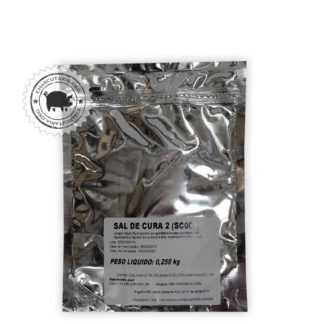 Curing salt 2R$ 8,00
Curing salt 2R$ 8,00 -
 Curing salt 1R$ 8,00
Curing salt 1R$ 8,00 -
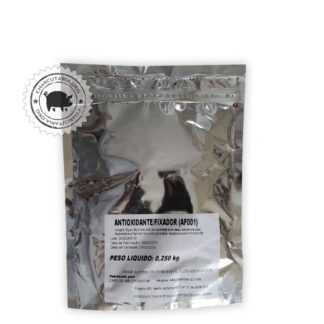 Fixative AntioxidantR$ 23,00
Fixative AntioxidantR$ 23,00 -
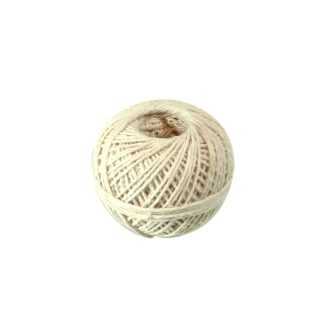 Culinary twineR$ 7,90
Culinary twineR$ 7,90 -
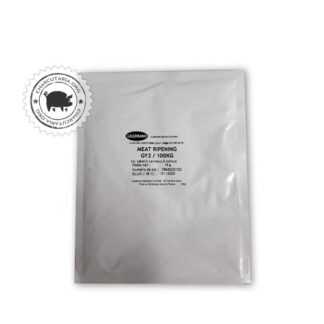 Starter CultureR$ 69,90
Starter CultureR$ 69,90 -
 Culinary elastic net 50mmR$ 15,00
Culinary elastic net 50mmR$ 15,00 -
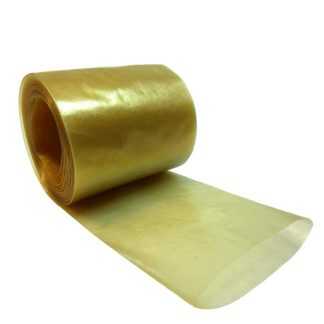 Collagen casing 45mm roll 5 meters salamiR$ 25,00
Collagen casing 45mm roll 5 meters salamiR$ 25,00 -
 Culinary elastic net 65mmR$ 18,00
Culinary elastic net 65mmR$ 18,00 -
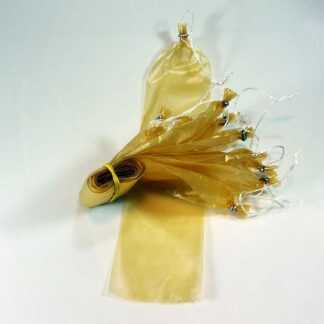 Salami collagen casing 45mm 10 units tiedR$ 22,00
Salami collagen casing 45mm 10 units tiedR$ 22,00 -
 Collagen casing 80mm cup and salamiR$ 29,90
Collagen casing 80mm cup and salamiR$ 29,90 -
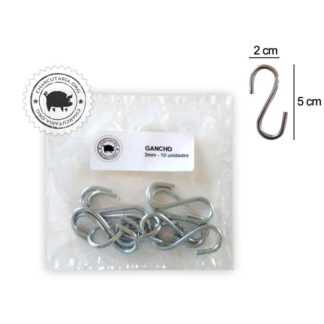 Galvanized HookR$ 12,00
Galvanized HookR$ 12,00 -
 Natural pork casing for sausageR$ 52,00
Natural pork casing for sausageR$ 52,00

Very complete information, thank you for your help.